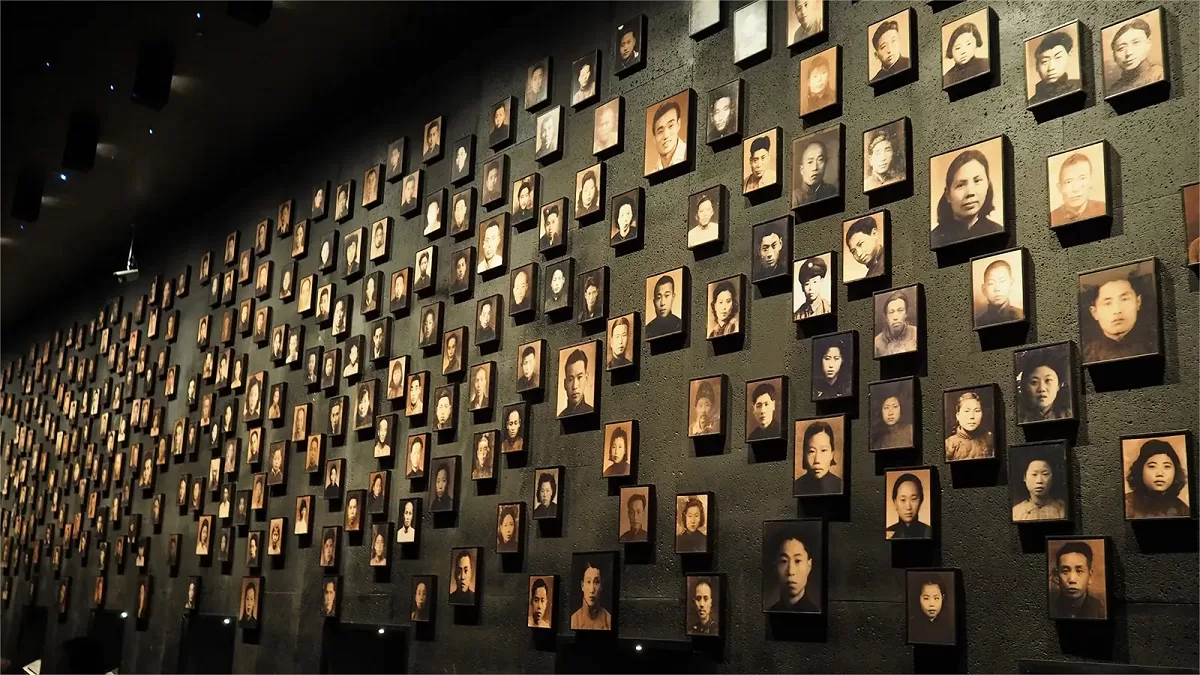The Nanjing Massacre, also known as the Rape of Nanjing, was a horrific event that occurred during the Second Sino-Japanese War in December 1937. It took place in the city of Nanjing (formerly known as Nanking), which was then the capital of the Republic of China. The exact death toll of the Nanjing Massacre remains a subject of controversy and debate, but it is widely recognized as one of the deadliest atrocities in modern history.
During the six-week period from December 13, 1937, to late January 1938, the Imperial Japanese Army captured Nanjing and subjected its inhabitants to widespread rape, looting, arson, and mass killings. The event involved extreme acts of violence and brutality, including indiscriminate shootings, bayoneting, beheadings, and the systematic rape of women, regardless of their age or social status. The city’s infrastructure was also severely damaged, and numerous historical and cultural sites were destroyed.
Estimating the death toll of the Nanjing Massacre is challenging due to the chaotic nature of the event, the deliberate destruction of evidence by the Japanese military, and the lack of comprehensive records. The figures cited by different sources vary significantly, further contributing to the controversy surrounding the event.
The Chinese government’s official estimate is based on the work of the Nanjing War Crimes Tribunal, which was established after World War II. The tribunal concluded that over 300,000 people, including both civilians and disarmed Chinese soldiers, were killed in Nanjing. This number includes victims of mass executions, rapes, and other forms of violence.
However, some Japanese revisionist historians and nationalist groups dispute these figures. They argue that the death toll was much lower, citing various reasons such as discrepancies in witness accounts, discrepancies between the number of bodies recovered and reported, and questioning the reliability of Chinese sources. These revisionist views often assert that the incident was exaggerated for political purposes by the Chinese government and anti-Japanese propaganda.
International scholars and researchers have also conducted studies to estimate the death toll. Their estimates typically range from tens of thousands to hundreds of thousands. The International Military Tribunal for the Far East, held in Tokyo after World War II, concluded that at least 200,000 Chinese civilians and disarmed soldiers were killed in Nanjing. Other independent studies and investigations have produced similar figures.
It is important to note that the controversy surrounding the death toll does not negate the fact that a large-scale atrocity took place in Nanjing. The Nanjing Massacre is widely accepted as a historical event characterized by extreme violence, brutality, and suffering inflicted upon the Chinese population by the Japanese military.
Efforts to commemorate the victims and preserve the memory of the Nanjing Massacre continue to this day. The Nanjing Massacre Memorial Hall was established in 1985 to honor the victims and educate the public about the tragedy. Survivors’ testimonies, historical documents, and photographic evidence are displayed at the memorial hall, serving as a reminder of the atrocities committed during that period.
In summary, while the exact death toll of the Nanjing Massacre remains a matter of controversy, the event itself is widely acknowledged as a brutal and tragic chapter in history. The loss of life and the suffering endured by the Chinese people during that time cannot be underestimated, and efforts to remember and learn from this tragedy are crucial to preventing such atrocities in the future.


